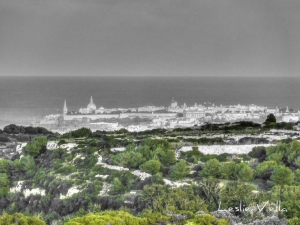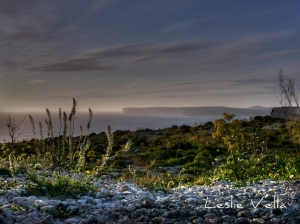
The Gharghar: Malta’s national tree
Not necessarily a country famed for its trees, Malta does in fact feature quite a decent spread of Mediterranean tree species. These species range from common ones such as the carob, the olive, the cypress and the Aleppo pine to scarcer ones such as the myrtle, the poplar, the holm oak and the gum sandarac: the sigra tal-gharghar.
With the exception of the gharghar, all the other indigenous trees mentioned above enjoy a region-wide spread across the entire Mediterranean. What makes the gharghar special in our case, is that in the wild, this tree is confined to the western part of North Africa (Tunisia, Algeria, Morocco), with its only presence in Europe limited to the island of Malta and a hilly region near Cartagena in Spain.
This makes this tree a very special one, not only because of its rarity, but also because we happen to possess one of the only two outlying populations of the species in Europe. Within the European context, this status makes it a really “Maltese” tree which we need to be proud of and protect.
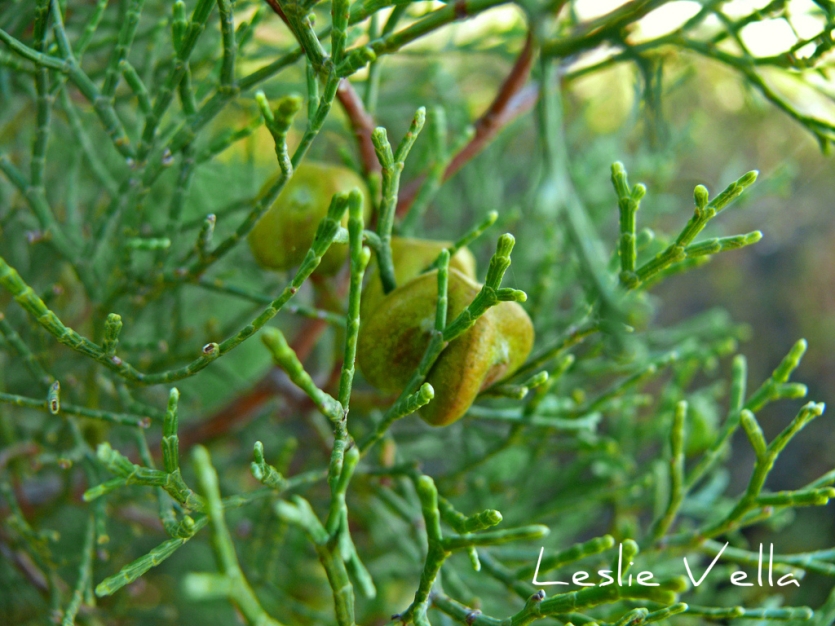
Official recognition of the tree’s significance dates back to 1992 when it was declared Malta’s national tree, subsequently also gaining legal protection in 1993. This means that all examples of the tree are protected by law, and cannot be destroyed or removed.
In the twenty years since the tree acquired the distinguished status of Malta’s national tree, much has happened, both in terms of awareness and in terms of propagation. Way back then, the tree was known but to a mere handful of individuals, and most of us living on or visiting these islands would not even have had the slightest inkling of its importance and existence. Only twenty years ago, Malta possessed only a handful of these trees in the wild, in relatively inaccessible areas in Qrendi, Mellieha and Mosta. The tree is not found in the wild on the islands of Gozo and Comino. Such was the scarcity of the tree that it was in serious danger of becoming extinct once and for all, meaning that one of the two European populations would have been gone forever.
It was not always like this of course. Historically Malta possessed much larger numbers of gharghar as borne out both by some of the place names on the island and also through historical documents. The modern town of San Gwann was originally called San Gwann tal-Gharghar, most probably in view of the large numbers of gharghar trees growing in the area. The name of the neighbouring village of Hal-Gharghur also probably owes its origins to gharghar trees growing in the area. In terms of documentation, it is perhaps relevant to quote from a description of Malta made by the 15th century Arab geographer al Himyari who described Malta as:
“an island 60 miles south of Sicily……….and its trees are the olive, the pine and the gharghar”
Al Himyari also goes on to claim that, under Arab rule, the Maltese islands were left deserted for a number of decades, with the only visitors being seafarers who came to collect the excellent and abundant wild honey, the excellent fishing in Maltese waters and to cut down the islands’ trees which provided good quality timber for shipbuilding.
The sad state of affairs prevailing until the early 1990s started to be reversed once the tree was elevated to become Malta’s national tree, and since then, a vigorous regeneration programme has ensued. This has led to the tree being propagated in reasonably large quantities in various localities ranging from afforestation initiatives to public gardens, parks and schools. All of these new trees originate from seed stock collected from the wild trees and lovingly planted, grown and nursed by dedicated individuals, mostly volunteers who donate the sturdy seedlings to the authorities and the environmental NGOs for eventual planting in selected areas.
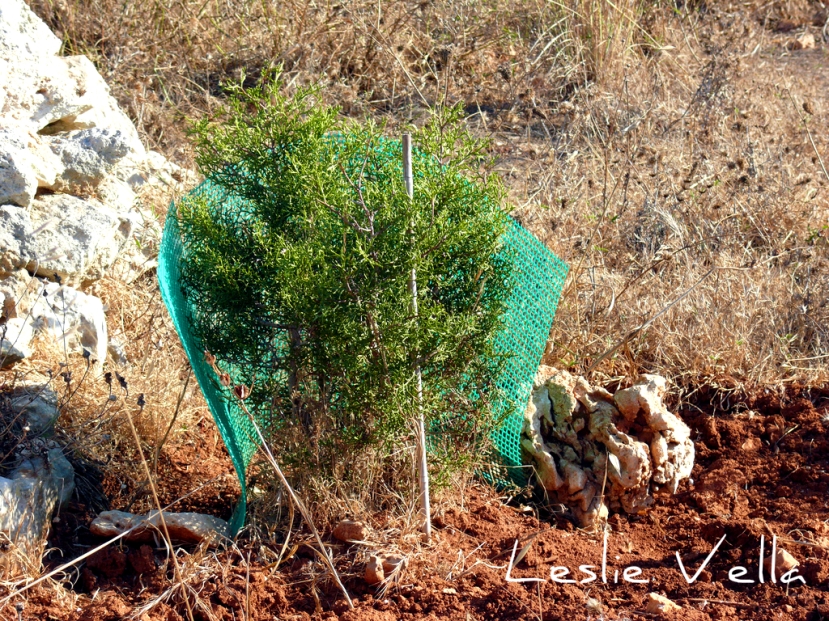
This means that it is now far easier to be able to experience and enjoy this tree in a number of places, although, regrettably, it will be a number of years until the newly planted ones reach maturity, thus displaying their full glory. For those who are impatient and do not want to wait for this to happen, they can either visit il-Maqluba in Qrendi where there is one of the tallest examples of the tree to be found in the wild, or alternatively see the one planted in San Anton Gardens in Attard next the big swan and duck pond in the middle of the garden.
By way of description, the gharghar tree, which is known in English either as the gum sandarac or the araar tree is an evergreen coniferous (cone producing) tree related to the cypress family. It is one of only a small number of conifer trees capable of re-growing by sprouting again from tree stumps. This unique adaptation helps it to survive fires and moderate grazing by animals such as goats and sheep. Its scientific name is Tetraclinis articulata.
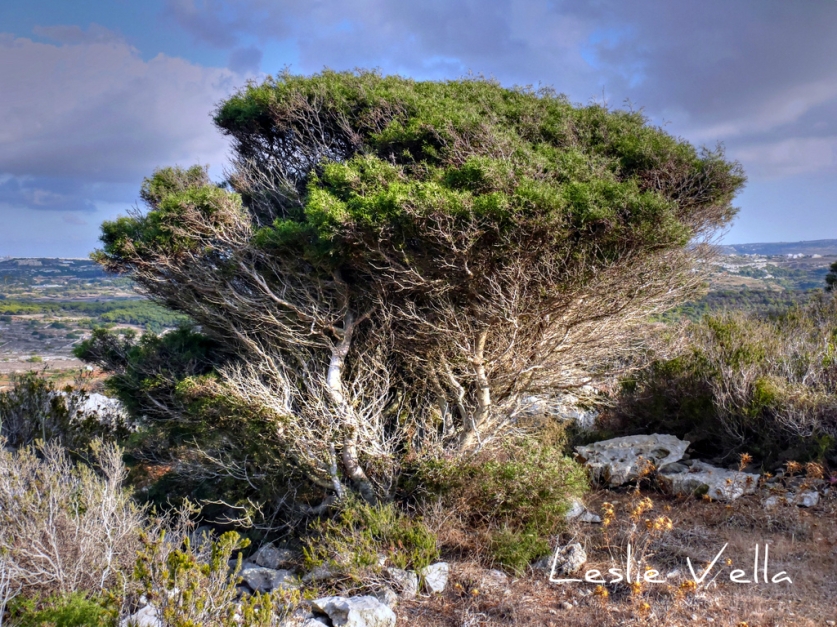
I have had the positive experience of visiting the few places where the last remaining pockets of original gharghar trees still exist in the wild. The trees are not impressive in terms of size or extent. However, they do bestow a sense of serenity and a link with the distant past, when they featured more prominently in the Maltese landscape. I am definitely no tree-hugger, but have to confess that being near them gave me the very warm glow of being in the presence of something old and wise and mysterious.
